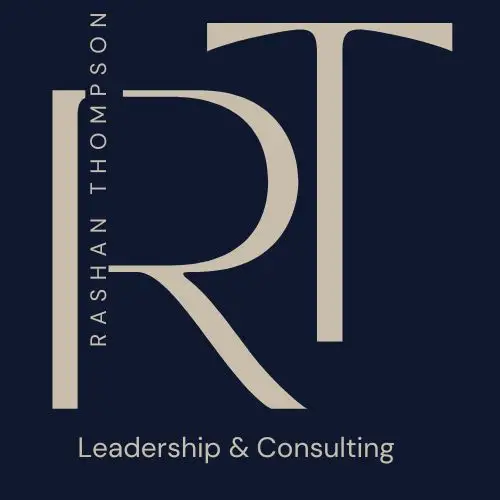Case Study 1: AI-Powered Transformation: How a Life Sciences Contact Center Boosted Efficiency by 25%
When a global life sciences company found its patient services team overwhelmed by skyrocketing call volumes, they knew change was critical. The company, specializing in advanced therapies, faced challenges that many healthcare organizations encounter: prolonged onboarding, inconsistent patient experiences, and regulatory pressures like HIPAA compliance. They needed a solution to optimize contact center operations, improve patient satisfaction, and meet growing demand. That’s where AI-powered tools and process automation came into play — driving remarkable results like a 25% reduction in call volume and a 45% improvement in onboarding times.
Life Sciences
In the competitive life sciences industry, operational efficiency and patient satisfaction are critical. This case study reveals how integrating AI chatbots and self-service portals reduced call volumes by 25%, cut onboarding time by 45%, and improved customer satisfaction by 20%. These advancements illustrate how technology-driven solutions can streamline processes, ensure regulatory compliance, and elevate patient care.
Rashan’s Role: Driving AI Integration and Process Optimization
Rashan Thompson led the strategy, client management, implementation, and execution of this digital transformation. His approach combined advanced AI tools with process optimization techniques to improve patient experience and operational efficiency.
He directed the implementation of AI-powered chatbots designed to manage routine inquiries. These tools allowed agents to dedicate more time to complex, patient-specific concerns. Rashan also developed intuitive self-service portals, giving patients instant access to essential information. The team introduced real-time analytics dashboards, which provided actionable insights into call patterns, agent performance, and patient satisfaction trends.
Collaboration was key. Rashan engaged cross-functional teams — from IT to compliance — ensuring seamless technology deployment without disrupting daily operations. His proactive communication with leadership helped align the new systems with long-term business goals while overcoming staff resistance through tailored training programs.
Key Takeaway: Technology Aligned with Strategy Drives Results
- AI and self-service tools are game-changers. When applied strategically, they reduce call volumes and improve patient experiences.
- Process optimization matters as much as technology. Modern tools only work when paired with streamlined, well-defined workflows.
- Cross-team collaboration is essential. Rashan worked closely with IT, operations, and compliance teams to ensure seamless implementation.
Key Challenges
Rising Call Volumes: The contact center struggled to handle increased inquiries, leading to delays and dissatisfied patients.
Outdated Legacy Systems: Fragmented, outdated software hindered data access and slowed service delivery.
Regulatory Compliance: Meeting HIPAA requirements while modernizing processes was non-negotiable.
Extended Onboarding: New patients faced long delays in accessing therapies, impacting outcomes.
Staff Adoption Issues: Employees hesitated to adopt unfamiliar tools, slowing implementation.
The Results: Faster Service, Happier Patients, Lower Costs
- Call volumes dropped by 25% with AI-driven chatbots handling routine questions.
- Onboarding times improved by 45%, helping patients access therapies faster.
- Operational costs fell by 20% thanks to streamlined processes.
- Patient satisfaction scores climbed as wait times shrank and personalized care improved.
- Compliance efforts were simplified, with automated tracking and reporting ensuring HIPAA adherence.
